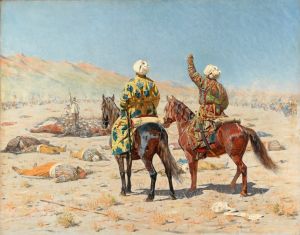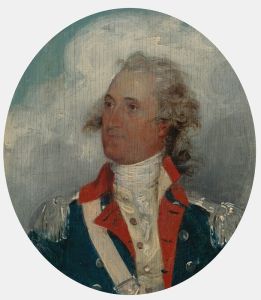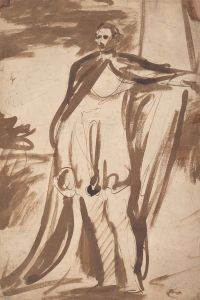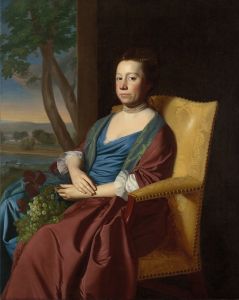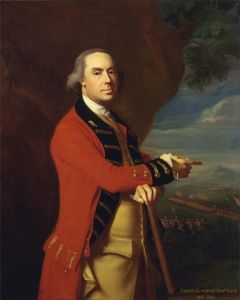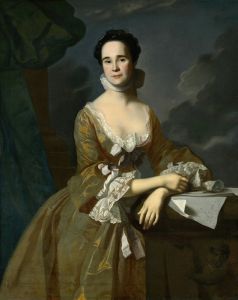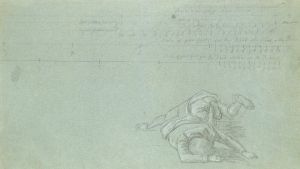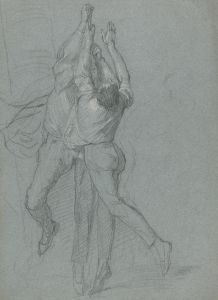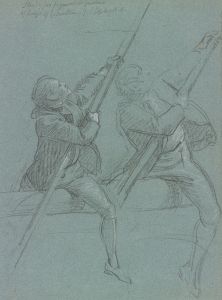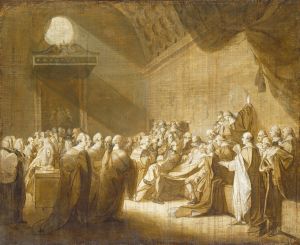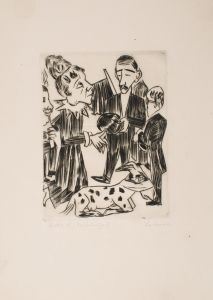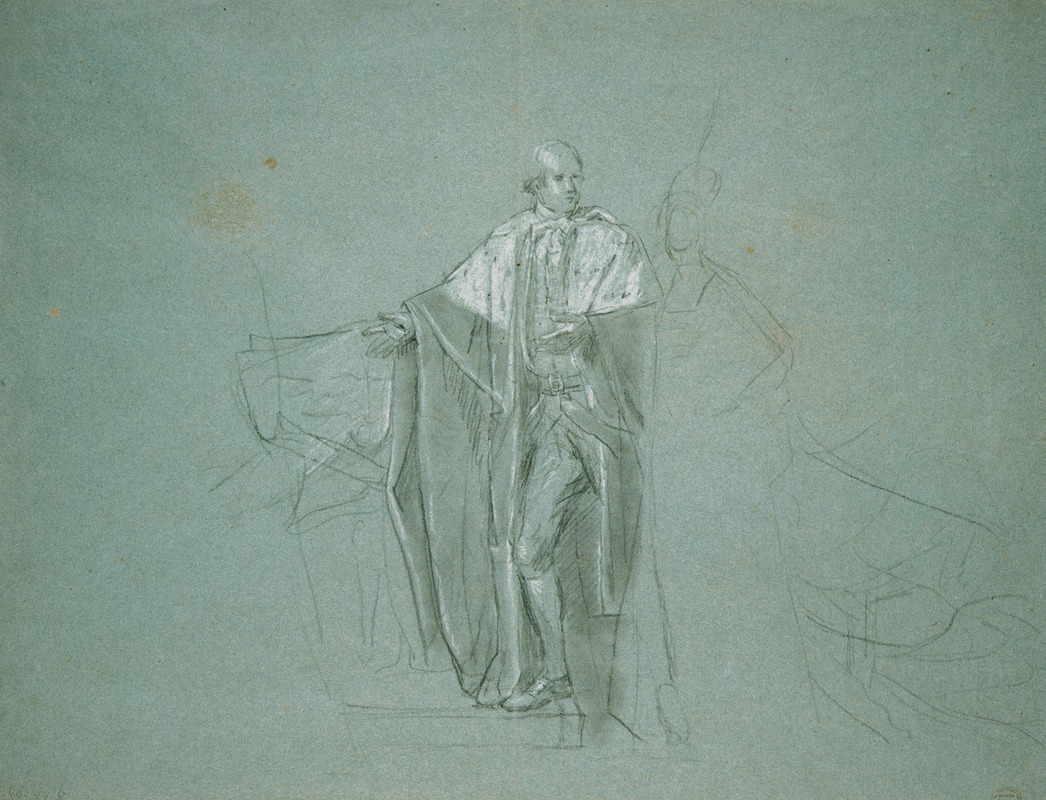
Study for ‘The Death of the Earl of Chatham’
A hand-painted replica of John Singleton Copley’s masterpiece Study for ‘The Death of the Earl of Chatham’, meticulously crafted by professional artists to capture the true essence of the original. Each piece is created with museum-quality canvas and rare mineral pigments, carefully painted by experienced artists with delicate brushstrokes and rich, layered colors to perfectly recreate the texture of the original artwork. Unlike machine-printed reproductions, this hand-painted version brings the painting to life, infused with the artist’s emotions and skill in every stroke. Whether for personal collection or home decoration, it instantly elevates the artistic atmosphere of any space.
John Singleton Copley, an American-born painter renowned for his portraiture and historical scenes, created the artwork "Study for ‘The Death of the Earl of Chatham’" as a preparatory piece for his larger, more famous painting, "The Death of the Earl of Chatham." This study was part of Copley's efforts to meticulously plan and execute his grand historical compositions, a practice common among artists of his time who sought to capture the drama and significance of historical events.
The subject of the study, the death of William Pitt, the 1st Earl of Chatham, is a significant event in British history. Pitt was a prominent statesman who played a crucial role in leading Britain during the Seven Years' War and was known for his oratory skills and influence in Parliament. The event depicted in Copley's work occurred on April 7, 1778, when Pitt collapsed in the House of Lords during a debate on the American Revolutionary War. He died shortly thereafter, on May 11, 1778, marking the end of an era in British politics.
Copley's study captures the moment of Pitt's collapse, emphasizing the drama and gravity of the scene. The composition likely includes figures of notable contemporaries and political figures who were present at the time, reflecting the artist's attention to historical accuracy and detail. Copley's ability to convey emotion and narrative through his use of composition, light, and color is evident in this preparatory work, which would have informed the final painting.
The study serves as an example of Copley's transition from portraiture to historical painting, a genre that allowed him to explore complex themes and narratives. His move to England in 1774 provided him with greater opportunities to engage with historical subjects, as there was a growing interest in such works among British patrons. Copley's historical paintings were well-received, and he became a prominent figure in the British art scene.
While the study itself may not be as widely recognized as the completed painting, it offers insight into Copley's artistic process and his dedication to capturing historical events with authenticity and emotional depth. The final painting, "The Death of the Earl of Chatham," is housed in the Tate Britain in London, where it continues to be appreciated for its historical significance and artistic merit.
Copley's work, including this study, reflects the broader trends of the 18th-century art world, where historical painting was gaining prominence. His ability to blend portraiture with historical narrative set a precedent for future artists and contributed to the development of history painting as a respected genre. Through his studies and finished works, Copley left a lasting impact on the art world, bridging American and British artistic traditions.





